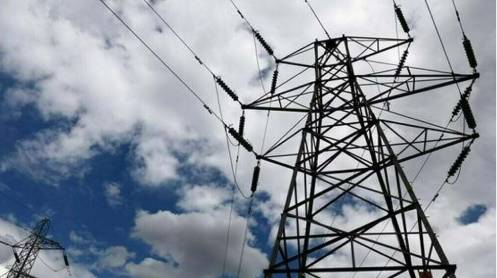Last week saw some much-needed good news for natural gas. The European Union signaled that it would include natural gas in its energy plans for the future, emissions and all. The not-so-good news is that speaking of emissions, the EU might oblige suppliers to minimize these as much as is possible.
In the early days of the rush to cut emissions, natural gas was hailed as what many called a bridge fuel, the bridge being between fossil fuels and renewable energy. Then, as the rush accelerated, the bridge-fuel status of natural gas began to be questioned, increasingly loudly.
While a lower emitter than coal or oil, gas was still an emitter, and many of the proponents of a net zero energy world became increasingly radical with the help of statistics that showed, for example, that U.S. emissions did not decline with the replacement of coal power plants with gas-fired plants because the output of these gas-fired plants—and their numbers—increased.
Gradually, gas became the third focal point of emissions-cutting efforts, almost on par with coal and oil. This is why the European Union’s decision to include natural gas in its brand new EU Taxonomy Climate Delegated Act. The weird-sounding document basically spells out what is green and what isn’t in a list for businesses and investors to peruse with a view to helping the EU along with its plans to become a net-zero emitter by 2050.
The piece of legislation, according to the EU, “introduces clear performance criteria for determining which economic activities make a substantial contribution to the Green Deal objectives. These criteria create a common language for businesses and investors, allowing them to communicate about green activities with increased credibility and helping them to navigate the transition already under way.”
Related: Oil on Guard over Yemen as Saudi, Iran Meet in Secret
While gas was not included in the list of green economic activities, the EU said it would be included in a separate document treating—and this is the important part—transitional activities. Put simply, the EU legislation will restore natural gas to its bridge-fuel status.
This is, in essence, an admission that it won’t be that easy for the EU to wean itself off fossil fuels completely. It is also a confirmation of what the vice president of the EU and person in charge of the Green Deal, Frans Timmermans, said earlier this year about gas and other fossil fuels.
“Where, and as long as, clean energy cannot yet be deployed on the scale needed, fossil gas may still play a role in the transition from coal to zero emission electricity,” Timmermans said in March. “But I want to be crystal clear with you—fossil fuels have no viable future. That also goes for fossil gas, in the longer run.”
Some would argue that natural gas and almost certainly nuclear power have a pretty bright long-term future in Europe because putting all your energy eggs in the renewable energy basket when you’re electrifying the economies of a whole continent is a pretty risky business. Yet, the EU seems determined to achieve a net-zero status whatever it takes. And this is where the bad news for gas producers comes.
The case of French Engie refusing a cargo of U.S. LNG because of the high carbon footprint of its extraction has now become notorious as an illustration of the EU’s priorities. The bloc may not get to net-zero without gas, but it is highly likely that it will require the gas it uses to be as clean as possible. Methane leak elimination and emission reduction at the liquefaction terminals are just some things that natural gas producers may need to familiarize themselves with if they want to sell to the EU.
The world leader in LNG exports, Qatar is already working on it. When the country made the final investment decision on a 40-percent capacity increase at the world’s biggest LNG project, it also said it would invest in a carbon capture and sequestration system at the site, to lower its LNG’s carbon footprint.
Traditionally, buyers have looked at the quality and the price of commodities—and all other goods, really—to make a decision to buy. Now, the quality aspect has gained a new and very important detail when it comes to energy commodities. Their greenhouse gas footprint is on its way to becoming the single most important factor for some buyers.
For now, Europe is the only one with a comprehensive emissions strategy, but it may not remain the only one for long. The Biden administration has also announced pretty ambitious emission-related goals, and they are bound to affect natural gas consumption and exports. Asian buyers are also becoming increasingly emission-conscious and requiring proof of cleanliness for the gas they buy. In other words, gas may have retained its bridge-fuel status in the energy transition but using it to stay in the race for as long as possible will require a lot of emissions-cutting efforts on the part of producers.




